The last time I visited Kathmandu was for work, which was around 2005. I remember it as a peaceful, quiet, and typical holiday destination far from the hustle and bustle of cities like Mumbai. Though I stayed for three days, I didn’t have the opportunity or time to do sightseeing, except that my host took me to the Pashupatinath temple one evening. We also went on a drive to Nagarkot for an upcountry market visit, a lovely hill station about 30 km away from Kathmandu. I remember the drive was not very pleasant, due to the condition of the roads and the hairpin bends. However, the scenic views along the way made up for the road conditions. This time, my planned Kailas Manasarovar Yatra (KMY) took me to Kathmandu, from where we travelled to Tibet. This post is on my visit to Kathmandu as referred in my Kailas Manasarovar Yatra travelogue. If you haven’t read it, please read here.
Just a few days before our scheduled trip to Kathmandu, news broke that the Nepal government was banning social media sites, including the most popular ones from the Meta family, like Facebook, Instagram, and WhatsApp. None of us in the group planning to go to KMY ever imagined this seemingly innocuous move would spark one of the worst social unrests for a small nation. We narrowly escaped getting caught in those protests, which was purely God’s grace, as you’ll see in the following paragraphs.
I flew into Kathmandu from Mumbai directly on September 6 to join the other members of the Yogi Trails group, who flew in from Kerala. It is well known that as an Indian citizen, you don’t need a visa to travel to Nepal, and only a passport will do. In a pleasant surprise, this time I learned that you don’t even need a passport – your Voter ID card would suffice! We landed in Kathmandu ahead of schedule, which is typical of Indigo flights, as they cushion in 20% more time for their flight durations than usual. The Tribhuvan International Airport in Kathmandu reminds us of the yesteryear airports of Indian metros in look and feel. The first baggage took almost 45 minutes to show up on the belt, and my luggage another 20 minutes. I could overhear fellow Indian passengers lamenting the delay loudly on their mobile phones, which made me realise that we have indeed come a long way!
As we waited for the baggage to arrive, actor Govinda came in ambling along and was subjected to a frenzy of selfies by fellow passengers. Unlike some of the present-day stars, he patiently posed for every selfie. Nepal is the land of the Himalayas. It is blessed bountifully by several peaks and is a hiker’s paradise. You soon realise these from the various billboards inside the airport showcasing different hiking expeditions. You also acknowledge that Nepal is the land of Rudrakshas! One can find the sacred beads in different sizes, shapes and shades. And who is advertising these branded Rudrakshas? Indian actor Ajay Devgn was one – an actor seen endorsing stuff like Vimal paan masala with that tacky tagline – Bolo Zubaan Kesri in Nepal is the brand ambassador for Nepa Rudraksha!

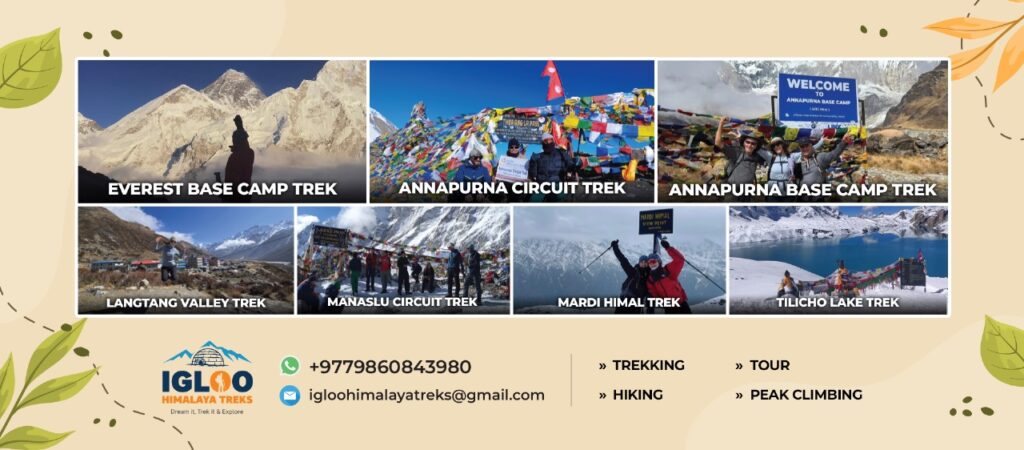
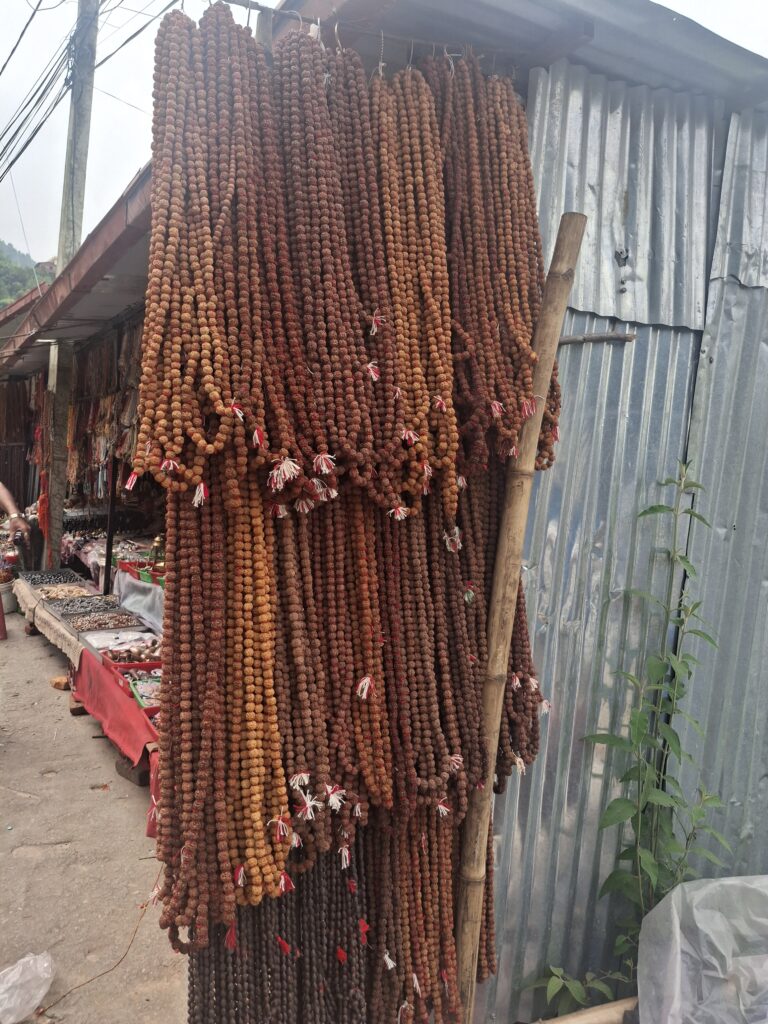
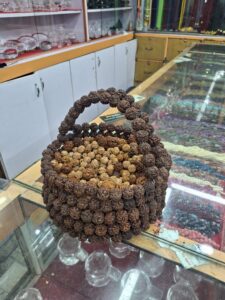

Over the past twenty years, Kathmandu has obviously grown. It is no longer the quiet, serene city it once was. Today, it is filled with traffic that seems to be at its limit. I checked in after arriving at the Malla Hotel, a nice property located very close to the popular Thamel market, known for great value shopping in Kathmandu. That evening, we went to the Pashupatinath temple, a must-visit site for Hindus in Kathmandu. I hadn’t noticed before, but the entire temple grounds are designated as a UNESCO World Heritage Site, and rightly so.
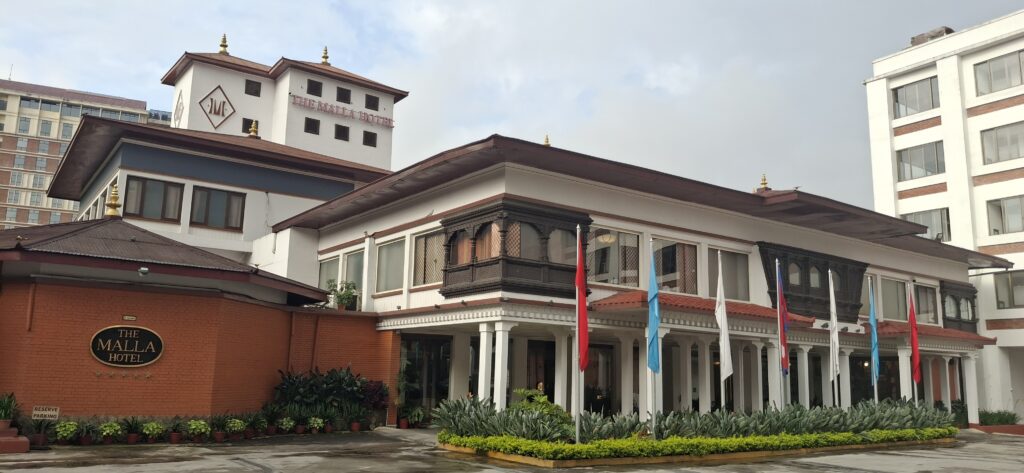

Pashupatinath temple is among the Char Dham shrines of Nepal. The temple houses a unique four-faced Shiva Lingam. This kind of Lingam can’t be found in any of the temples of Lord Shiva. So, you go around and do darshan from four sides. Interestingly, the priests who perform the pujas at the Pashupatinath temple are Bhattas from Karnataka. They are deputed here after extensive training at the Sringeri Sharada Peetam in Kaladi, Kerala. So, we learned that the priests also speak Malayalam fluently, in addition to Kannada. We had the opportunity to witness the evening, Arthi, which was a divine experience in itself. While the Arthi was happening, the temple staff managing the crowds inside the inner sanctum also chanted slokas and mantras loudly, which was interesting to observe. We also saw Govinda again inside the temple, being whisked in for a VIP darshan during the Arthi.
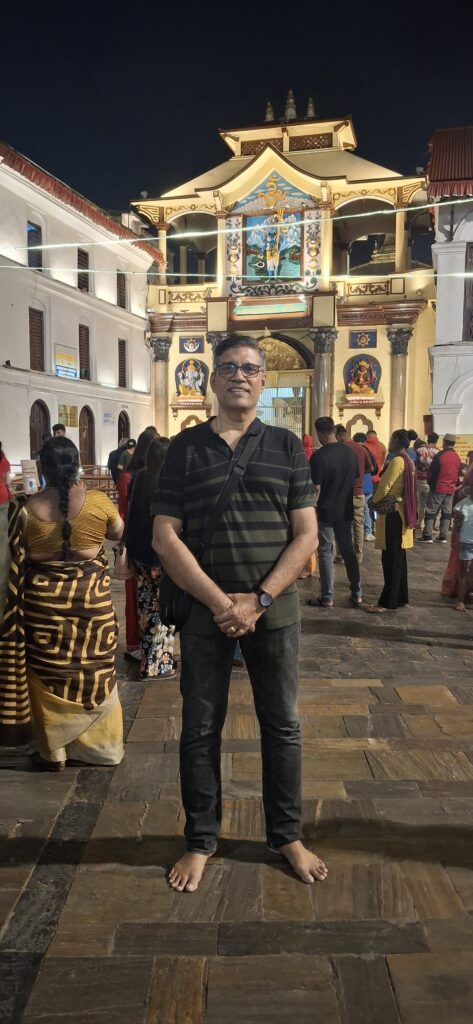
The next day, we visited the Doleshwor Mahadev Temple in the Bhaktapur district, about 20 km from Kathmandu. It is located in scenic surroundings away from the busy noise and dust of the city. Doleshwor Mahadev is believed to be the head of Kedarnath. According to religious beliefs, the Pandavas, after the Mahabharata, travelled to the Himalayas seeking forgiveness from Lord Shiva for the killing of many people during the war. However, Shiva was unwilling to forgive them, so he disguised himself as a bull. When the Pandava brothers tried to catch the bull after learning about Shiva’s disguise, they could only catch the tail, while the head of the bull was separated from the rest of the body. According to Hindu scriptures, the remaining body is in Kedarnath, while it is believed that Doleshwor is the head of the bull. This is also mentioned in the Shiva Purana and other holy books, which have been passed down through generations. We were told that all prayers at Doleshwor, from the morning ritual to the evening Arthi, are performed according to the rules and rituals of the Kedarnath temple. Behind the temple, there are 108 Shiva lingas opposite the Manakamana temple.
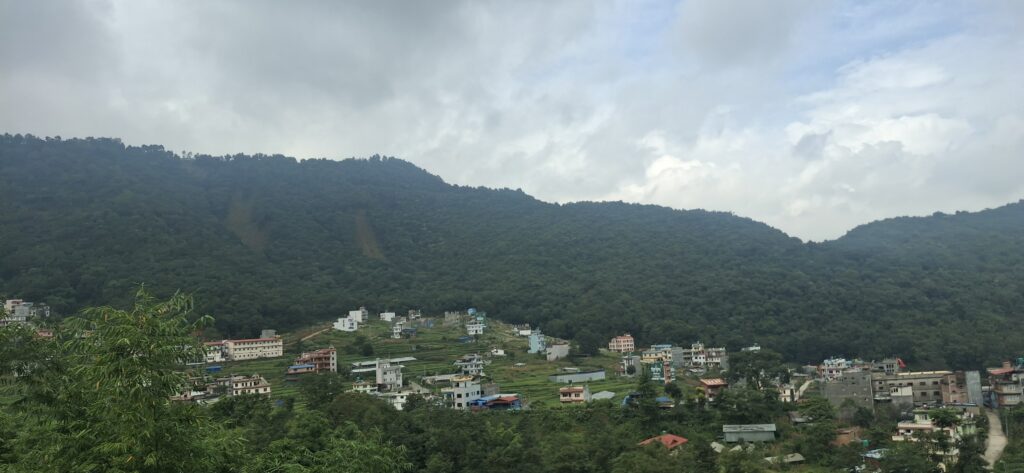

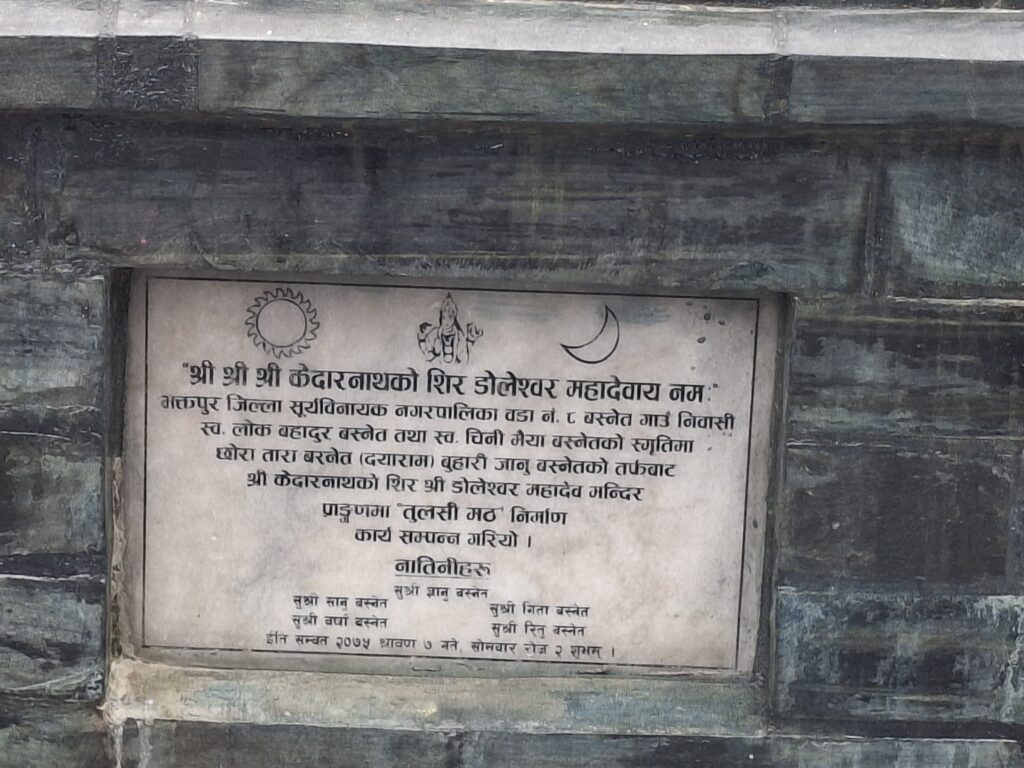
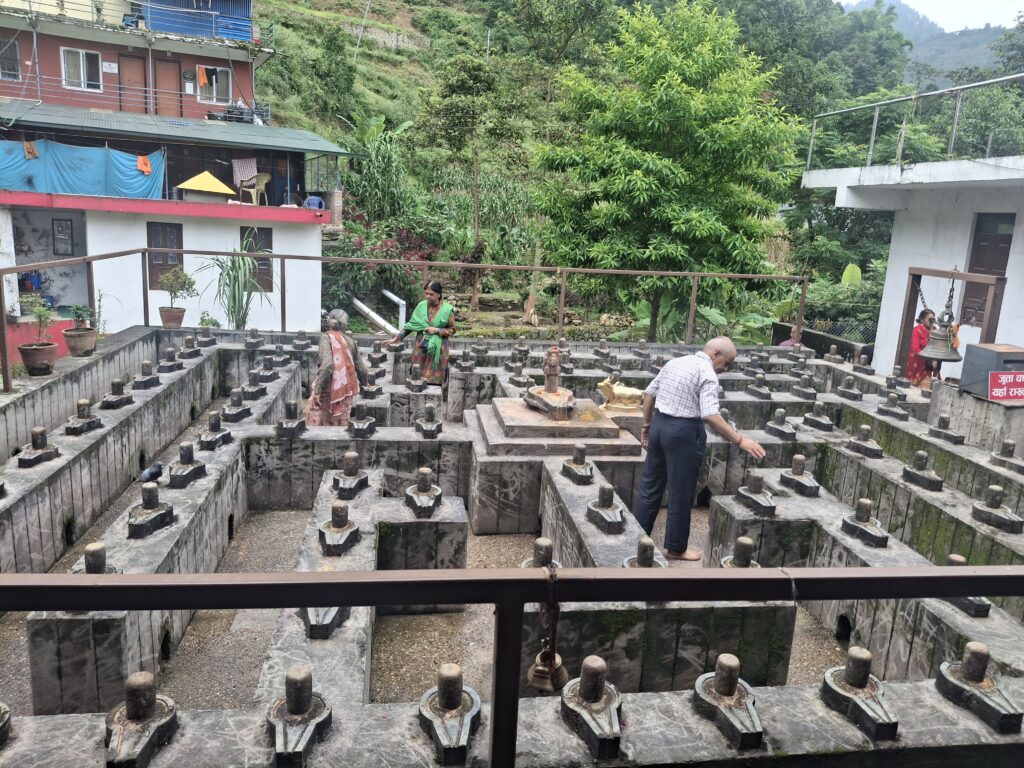
The next stop was the Surya Binayak Temple, a Ganesh mandir on top of a small hill at Bhaktapur. We climbed it amidst mild showers. This is one of the four original Ganesh temples in the Kathmandu valley: Surya Binayak, Chandra Binayak, Jal Binayak, and Ashok Binayak temples.
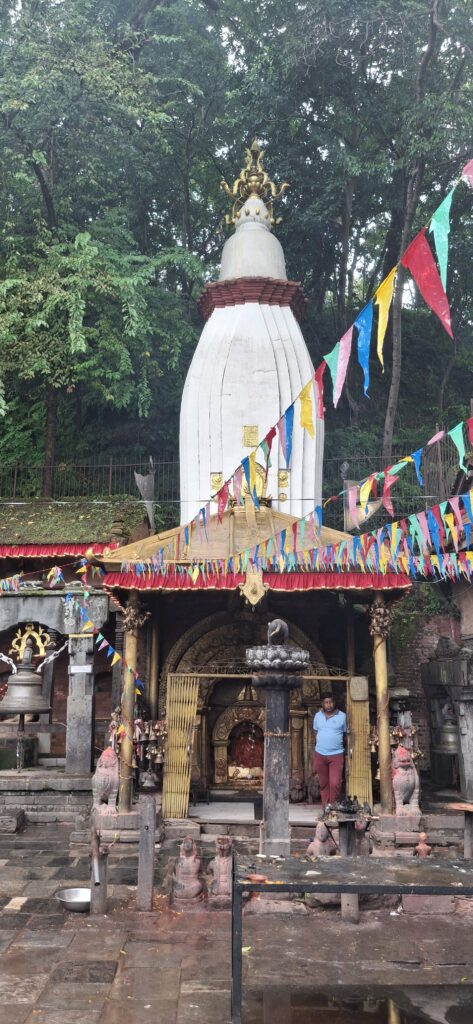
In the evening, we visited the Budhanilkantha temple, an interesting site where Bhagwan Vishnu is in the sleeping posture. Apparently, this is the only place in the world where you will find Vishnu sleeping flat on the surface of tangled nagas (snakes). In India, we have Lord Ranganatha in a reclining posture (Anantha Sayana) in temples like Srirangam, Thiruvananthapuram, Srirangapatna, and others. However, seeing Vishnu in this flat sleeping pose, that too in a pond within an open-air temple, was new to me.

Just like in India, there is a flood of training institutes in Kathmandu. Interestingly, I saw quite a few signboards of institutes promising education in Japan. This was surprising, as I had not known of Japan welcoming students from other countries. Upon checking, I discovered that Japan runs a few programs for Nepali students to study there!
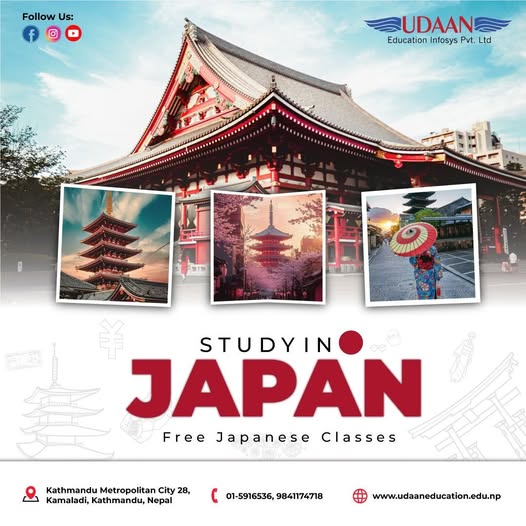
Now, these two days (6 and 7 September), although the social media ban was in effect, everything in Kathmandu seemed normal. We left Kathmandu early on the 8th for Nyalam, a small border town in Tibet. We travelled from Kathmandu on the Arniko highway towards the border town of Kodari and crossed into Tibet. We were oblivious to the social unrest brewing in Kathmandu’s streets all day. Only the next day, when we were bombarded by messages from friends and relatives from India, we learned Nepal was experiencing one of its most serious social uprisings. The Hilton Hotel, which we often passed whenever entering or leaving our hotel, was just a few minutes away and had been burned down. Retail chains had been ransacked. Essentially, the protesters targeted anything remotely connected to the ruling family and its associates. We only learned about this through the media. Luckily, we managed to leave that very morning as the protests started spiralling out of control.
The next few days, the airport was shut down as trouble continued in Kathmandu. We were to return to India on September 19 via Kathmandu, and we hoped that things would return to normal by then. Fortunately for us, they did return to normal by the time we reached Kathmandu. During that period, the existing government had resigned, and power was transferred to an interim government.
On our way back from Kailas, we crossed into Nepal from the Zhangmu border town in Tibet, walking across the Friendship Bridge and entering Kathmandu. If you spend just five minutes observing what is happening in that border area, you will understand why such social unrest erupted in Nepal. Due to poor road conditions caused by frequent rains and landslides, the roads have become impassable. As a result, the movement of cargo between Nepal and Tibet has been severely disrupted. You can see hundreds of trucks and containers filled with goods parked on both sides of the border road. The only way to transport these goods is by manual porters—men, women, and young boys who carry consignments on their backs, navigate the treacherous, slippery remnants of the roads, and load them onto vehicles waiting on the other side of the border. These people also try to help passengers navigate those slushy roads and carry their backpacks for small change. Conversations with young men, who were college students while crossing the border, reflected a sense of helplessness regarding the country’s economic situation.
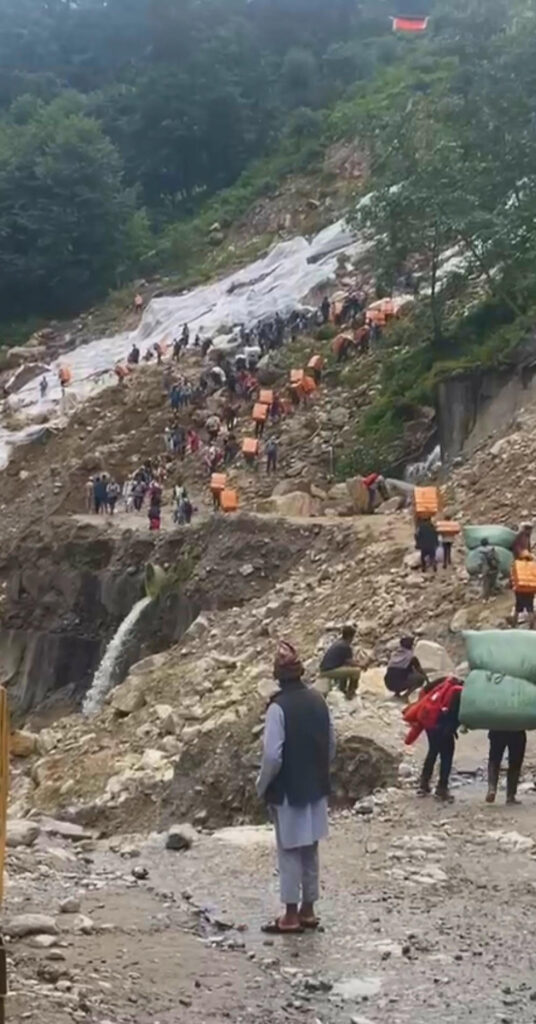
On the eve of my departure, September 18th, I was taking a stroll through Thamel market. The market has many outlets selling a wide range of hiking gear at highly competitive prices. The hiking season will last for a month, after which the festive and holiday season will take over. The shopkeepers were all disappointed at the prospects of a bleak festive season because of the sudden protests, now labelled as the “Gen Z” protests. Therefore, it was good to see a group of Western tourists at our hotel for breakfast on the 19th—the day we were leaving Kathmandu—indicating that all was not lost. Even the airport had a “business as usual” look on our return.
As the Indigo flight started taking off from Kathmandu, I promised myself to return on a more extended trip to Nepal to explore the other tourist attractions and also try out the “thakali cuisine” – a distinct local cuisine of Nepal that owes its name to the Thak-khola valley of Mustang, Nepal. I hope that by then, Nepal will have a popular government that focuses on governance and brings a sense of hope and succour to the wonderful people of Nepal.
Thanks for reading!
Postscript: In Kathmandu, this name is okay, but sorry not in Tamil Nadu!
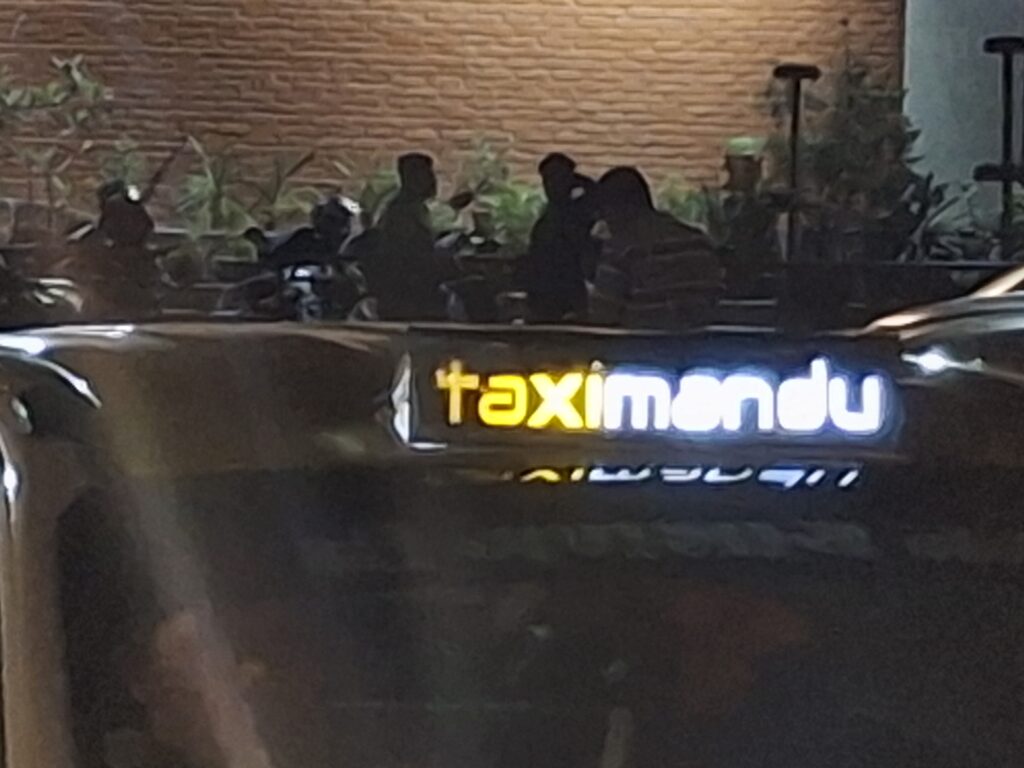

Another anecdote from Anand as a preface to our KM Yatgra. This depicts in detail what we have enjoyed and experienced as an appetizer before our dream Kailash Mansarovar darsan and parikrama. Thank you so much Anand..
Thank you so much Sivadasettan!
Dear Anand Ji,
As usual wonderful writing. We (me and my wife) were with you all these days.
You well narratted each and everything included in this travelogue.
Keep it up.
Keep on writing.
Best wishes 🌹
Amazing well captured. Your penchant for focused details is great! Great capture….and btw, some super pics as well. Cheers, Anand!
Pingback: My Kailas Manasarovar Yatra Travelogue